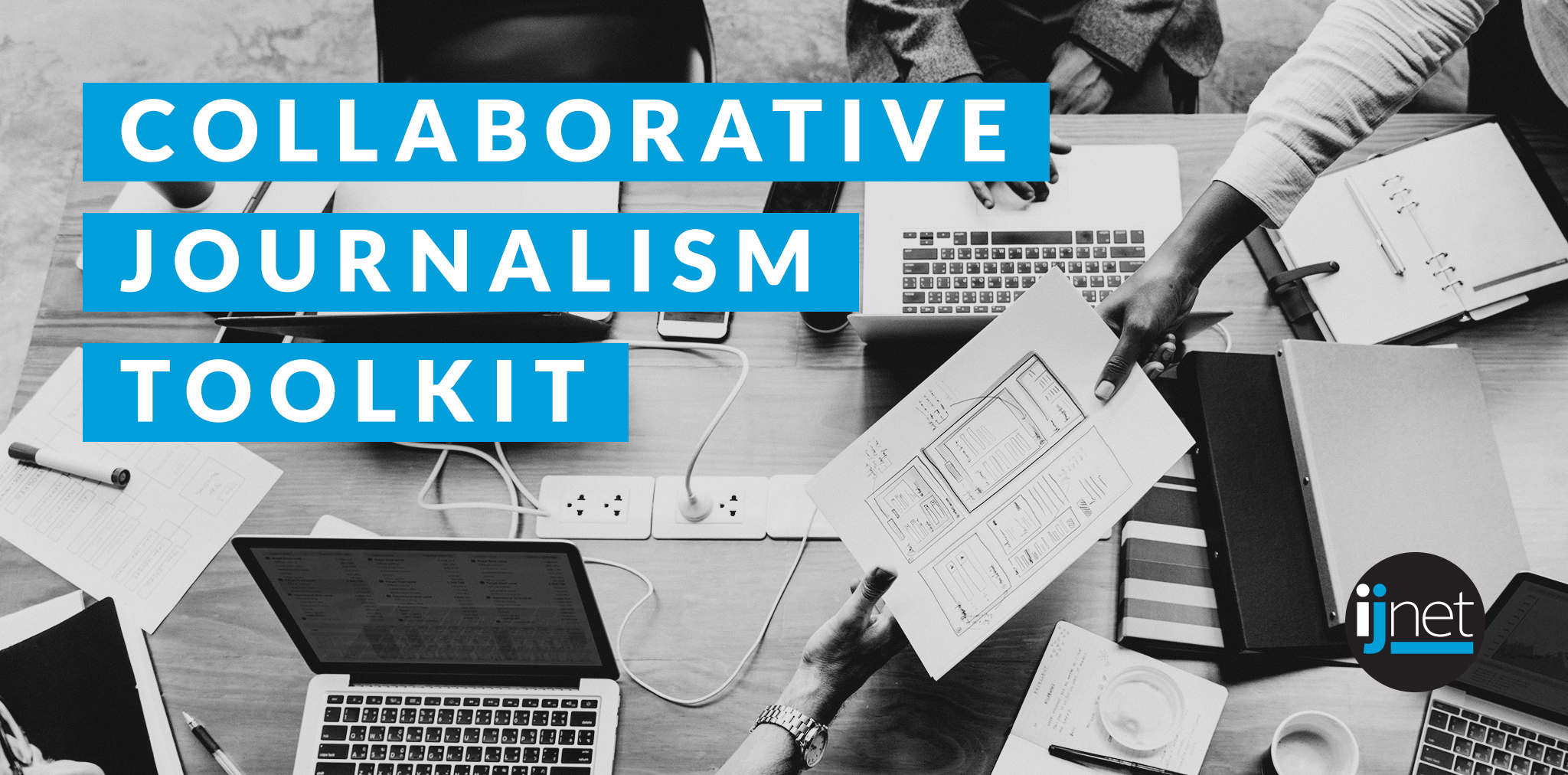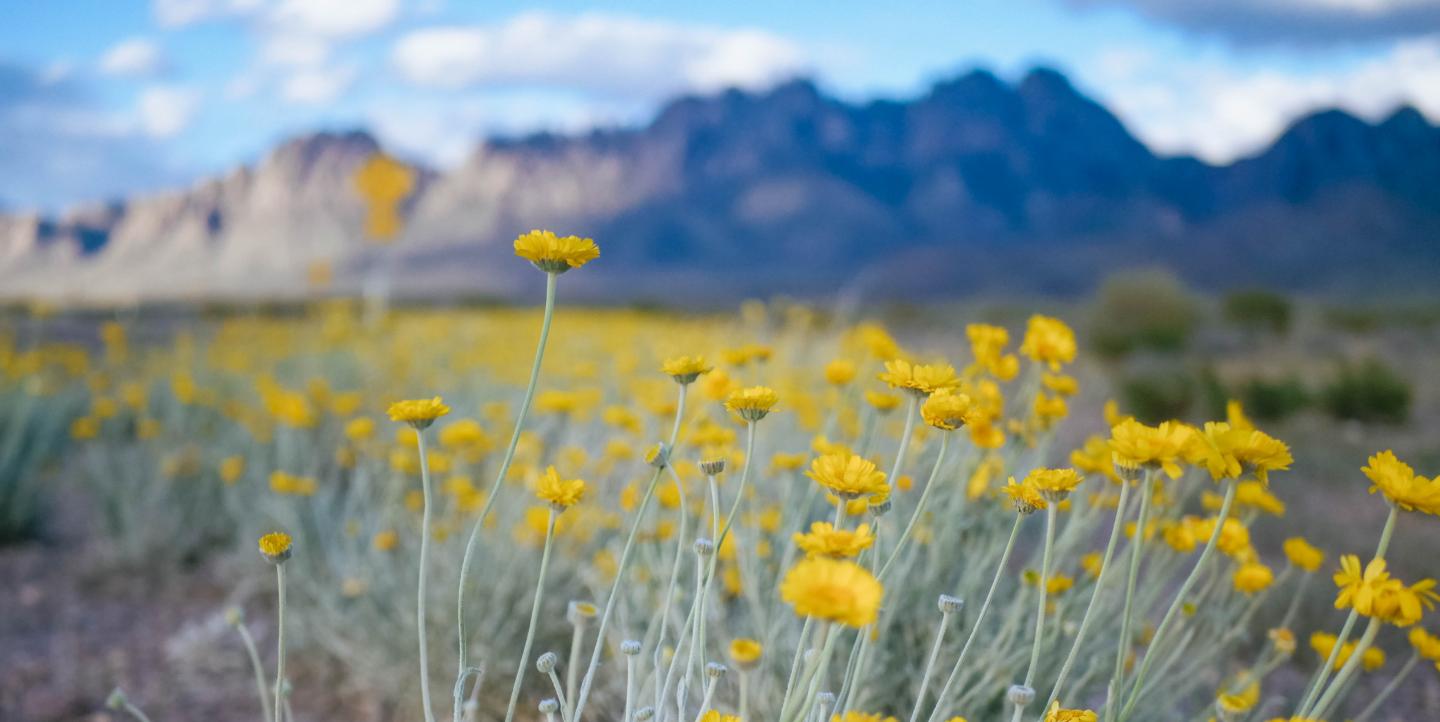In the town of Las Cruces, New Mexico — about 40 miles north of the border with Mexico — staff sizes at news organizations are shrinking to only a fraction of what they were 10 years ago, following a national trend of disappearing local news coverage. Strapped for time and resources, it’s all they can do to keep up with the daily demands of the news cycle. Long-term, in-depth projects and investigations have become fantasies, craved by longtime audiences who watched newsrooms’ capacities change.
The small cohort of journalists in the city know each other well, and the more they watch the changing landscape, the more they’ve realized that the only way to pull off large reporting projects is by working together.
“We don’t have enough journalists anymore to compete with each other,” said Heath Haussamen, founder of independent news website NMPolitics.net.
After a career in newspapers, Haussamen operated the site for about six years before he dropped it to start a nonprofit — New Mexico In-Depth — in search of long, investigative projects. But this new venture still didn’t give Haussamen the ability to focus on one large project at a time that he wanted.
He turned back to his online publication and began searching for collaborations to fill what he saw as a gap in long-term, in-depth reporting. He contributed to State of Change, a collaborative project across New Mexico, funded by the Solutions Journalism Network. It concluded just as he was developing a new idea: to investigate the behavioral health system in his community.
He built a team from members of broadcast station KRWG and the Las Cruces Sun-News newspaper. Together, they would produce an 11-month long collaboration with a grant from the Fund for Investigative Journalism (FIJ).
Developing the collaboration
Haussamen approached Lucas Peerman, then-news director at the Las Cruces Sun-News, to ask if his reporters to contribute to the story. Both Diana Alba and Carlos Lopez joined the team.
Peerman agreed to give them some work hours to work on the project, but they were also paid by Haussamen for extra time. Robin Zielinski, photographer and videographer at Las Cruces Sun-News, contributed as well; her work was entirely paid since she couldn’t spare any work hours.
Peerman had worked with Haussamen in the past when his reporters contributed to an earlier story. “We had established that connection where we both felt comfortable working with one another,” he said, explaining that their previous work made agreeing to a new collaboration much easier.
Anthony Moreno, news director at KRWG, also had previous experience working with Haussamen, and eagerly joined the team.
Haussamen took the lead applying for funding, and he said the grant applications helped him to think through the logistics and make a clear plan. They were awarded US$5,000 from FIJ in early 2017 and began putting the project in motion.
During this planning stage, they had discussions about time spent on the project, payment and what each person would cover, in order to avoid problems down the line.
“There wasn’t a fight over who was going to cover what. We went over what each of us wanted to cover or what we found interesting, and Heath helped guide us,” said Moreno.
Managing workloads
Although adequate planning helps the collaboration run smoothly, it can’t completely guard against challenges along the way.
In the midst of their collaboration, both the Sun-News and KRWG experienced layoffs, leaving the reporters working on the behavioral health story to pick up the slack.
Peerman remembers one instance where a reporter was near a breaking point, feeling overworked from the double assignments from Haussamen and Peerman. This situation, Peerman blames on the lack of communication between the editors.
“Communicate, communicate, communicate,” said Peerman. “Over-communicate.” It’s important that reporters’ regular boss knows their workload with the collaboration, and vice versa, he said, especially as it changes on a weekly or monthly basis.
Since all the contributors are located in the same town, they were able to meet face-to-face pretty easily. However, after preliminary planning meetings, this rarely happened. Instead, they relied on common tools like Slack — an online messaging platform — and email to keep in touch. They would also meet up in the field.
“Sometimes all of us would interview one person at the same time,” said Moreno. Although it was challenging, he said it also gave him a unique perspective on how other journalists work.
One critical piece to the collaboration was the role that Haussamen played as editor and coordinator. He was in charge of tracking hours, making payments and keeping everyone on track, even in the midst of a busy news cycle.
Publishing collaborative content
“When the stories were about ready to go, [Haussamen] sent them to me to give them a read before they published,” said Peerman, discussing their editorial process. “I had some questions about some things, and we were able to go back and do some rewrites. That’s important to note: It’s going to take a couple of weeks or months for those rewrites to happen.”
The team had agreed early on to share all the content. Once the stories were finalized, they were published on all three platforms: NMPolitics.net, the Sun-News and KRWG.
“I’ve seen some collaborations where multiple news organizations try to create a new website. I think that’s a really bad idea,” said Haussamen. “We all have distribution networks that are established, and if we sent it out on all three of these, we’re going to reach more people. If we try to create something new, we’re going to reach few people because that doesn’t have an existing distribution network.”
The Sun-News is a Gannett-owned newspaper, part of a large corporate chain, making the business benefit important — especially since the newspaper has an online paywall, unlike the others.
Peerman, however, didn’t think the decision to share content was complicated at all.
“Our audience pays us for a reason,” he said. “They expect this kind of journalism.”
Collaborating made this type of long-term, investigative journalism possible.
“This is the kind of reporting that earns your news organization respect and credibility, maybe some awards, and it’s just really important for the community. We need to treat it as a community service,” said Haussamen.
Outcomes
Reporting about behavioral health in Las Cruces wasn’t new. Both Alba and Lopez — reporters from the Sun-News — had covered the subject on multiple occasions while working on their day-to-day beat reporting. However, no one had ever examined the subject so comprehensively, or put the reporting all in one place, according to Haussamen.
Haussamen said that working together on the project, and removing it from the day-to-day reporting schedule, also allowed them to focus on solutions more than they had in previous reporting.
Feedback from the community was generally positive, said Haussamen, who received calls from readers who were happy to see this type of in-depth reporting.
Peerman agreed that the project resonated with audiences, but he said they have yet to see any systematic change in their community as a result.
Moreno said that the project not only impacted his audience, but also him personally. “It really helped me grow as a journalist,” he said. “[There are] so many different ideas on how to cover a story, and having all the different ideas and conversations was like having an editorial meeting with people across the city.”
The project was well-received in journalism circles, according to Peerman, and it also won numerous reporting awards, including a national award from Mental Health America and a first place award for investigative reporting from New Mexico Press Women.
Despite the heavy workload, Haussamen, Peerman and Moreno said they would definitely collaborate again.
“With the news cycle as fast as it is these days,” said Moreno, “collaborations can really help meet the needs of telling the stories that need to be told.”



